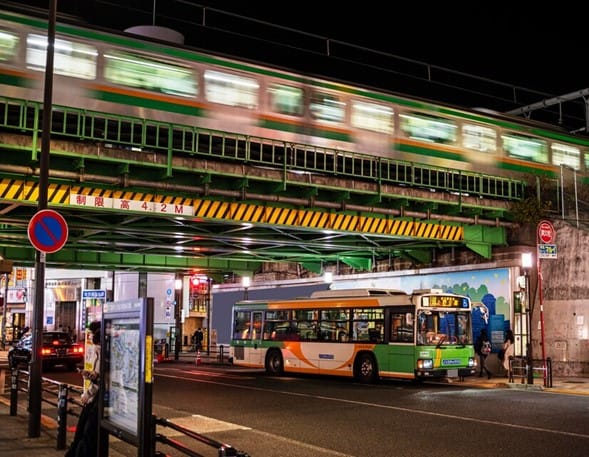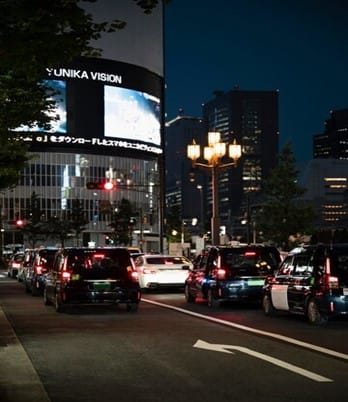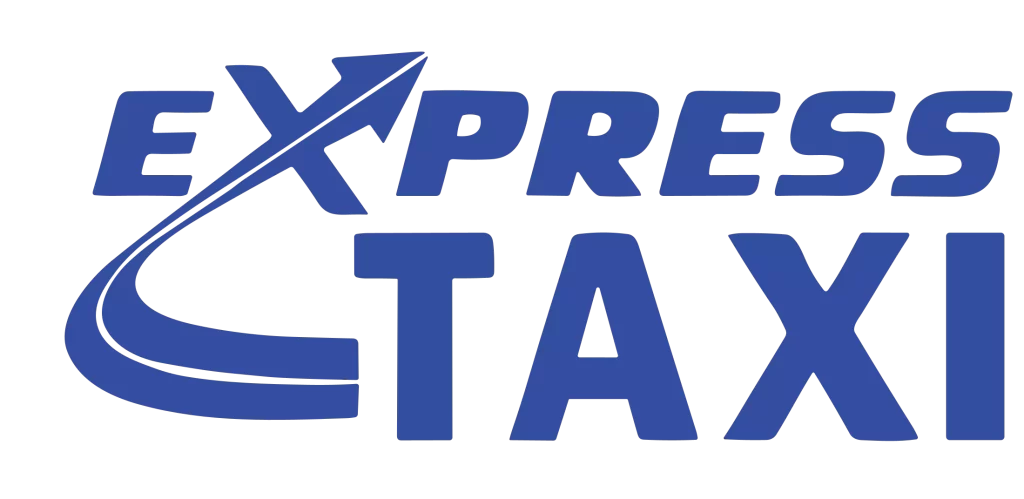
Safe Nighttime City Transportation in Minneapolis: How GPS Tracking Affects Public Transit
More attention has been paid in Minneapolis, Minnesota, in recent years to improving the effectiveness and safety of public transit, especially at night. The use of GPS tracking devices is one of the major technical innovations supporting this endeavor. In this piece, we’ll examine the importance of GPS monitoring for Minneapolis’s public transit system and how it helps to guarantee secure transportation throughout the night.
Monitoring in Real Time for Improved Safety
GPS tracking technology gives public transportation vehicles the ability to be monitored in real time, giving authorities and passengers the ability to follow the whereabouts and movements of buses and trains. This function is especially important at night since it provides transparency in the transportation system, which guarantees a better degree of security for passengers.
Enhanced Reaction to Emergencies
In the event of an emergency, public transit systems with GPS tracking integrated allow for faster reaction times. Authorities can quickly provide help in the case of an emergency, such as a breakdown or security concern, by precisely locating the vehicle. This helps to increase passenger safety generally and fosters confidence in the dependability of the public transportation network.
Enhanced Itineraries & Routes
GPS tracking devices allow for the improvement of routes and timetables by analyzing data on the movement and traffic patterns of public transportation. In order to guarantee that customers can depend on prompt and effective transportation services even during off-peak hours, this optimization is especially helpful at night when road conditions may differ.
Improved Traveler Experience
The addition of GPS tracking offers travelers increased convenience and peace of mind. Accurate arrival times and updates are provided by real-time monitoring applications or displays at transport stops, which lessen the uncertainty and anxiety that come with traveling at night. This improved traveler experience helps to improve the public transportation system’s reputation in Minneapolis.
Safety precautions and dissuasion
GPS tracking devices serve as a deterrent to possible criminal activity when they are present on public transit. The awareness of real-time vehicle monitoring deters antisocial conduct and improves the general safety of the transportation environment. This proactive approach to safety is consistentwith the city’s goal of offering safe and dependable transportation alternatives at night.
Impact on the Environment
In addition to safety concerns, GPS tracking makes it easier to optimize travel routes, which lowers emissions and fuel use. This is consistent with Minneapolis’s dedication to environmental consciousness and sustainability. The city makes a positive impact on the environment by adopting technology that increases the effectiveness of public transportation.
In Minneapolis, the use of GPS monitoring technology in public transit has changed the game when it comes to safe nighttime city mobility. The benefits are clear, ranging from improved passenger experiences and streamlined routes to real-time monitoring. GPS tracking in public transit will surely be essential to keeping Minneapolis a leader in safe and dependable nighttime travel as long as the city prioritizes efficiency and safety.
A Complete Guide to Safe Nighttime City Transportation in Minneapolis, Minnesota
Safe nighttime city transportation has become more and more important in recent years, especially in cities like Minneapolis, Minnesota. As the city develops into a hive of activity that continues well after dusk, making sure commuters are safe takes precedence. This article will examine the steps and activities implemented to improve security as well as the importance of safe nighttime municipal transportation in Minneapolis.

Safe Nighttime City Transportation Is Necessary
- Increasing Public Safety and Preventing Crime:
An efficient and safe nighttime transportation system discourages criminal activity and protects the public as well as passengers.
Having dependable transit choices lowers the likelihood that people will be the target of crimes, making cities generally safer.
- Encouraging Financial Development
Reliable nighttime transportation promotes a thriving nightlife and helps companies that are open late. These factors help cities achieve economic growth.
A healthy economy is a result of increased accessibility and foot traffic, which draws more people to the city, both locals and tourists.
Minneapolis’s Safe Night City Transportation Initiatives
- Improved Infrastructure and Lighting
Transportation hubs, roadways, and walkways that are well-lit are essential for preventing criminal activity and guaranteeing commuter safety.
Minneapolis has made investments to upgrade infrastructure and improve street lighting in order to make nighttime mobility safer.
- Increased Offerings in Public Transportation
The extension of evening public transportation services gives locals dependable and reasonably priced ways to get about the city securely.
Extended bus and light rail services, for example, address the varied requirements of the community and increase accessibility to transportation for all.
- Working together with law enforcement
Coordinated actions between law enforcement and transportation officials help to handle safety problems in a coordinated manner.
Enhanced law enforcement visibility and collaborative efforts guarantee that possible problems are recognized and resolved quickly, fostering a safer environment for commuters.
- Technology-Based Safety Solutions
The overall safety of nighttime city transportation is improved by the incorporation of technology, such as smartphone applications and security cameras.
Mechanisms for real-time monitoring and reporting enable authorities and travelers to swiftly and effectively handle security-related concerns.
In conclusion, it is impossible to exaggerate the significance of secure urban transportation at night in Minneapolis. In addition to enhancing public safety, a safe and effective transportation network is essential to the city’s economic development and cultural vibrancy. Minneapolis is making great progress in establishing a safer and more pleasurable atmosphere for nighttime commuters by making investments in infrastructure, growing public transit systems, and encouraging cooperation amongst stakeholders.

